Tim Matthews
Sid
The Llama 3 Herd of Models
Jul 31, 2024Abstract:Modern artificial intelligence (AI) systems are powered by foundation models. This paper presents a new set of foundation models, called Llama 3. It is a herd of language models that natively support multilinguality, coding, reasoning, and tool usage. Our largest model is a dense Transformer with 405B parameters and a context window of up to 128K tokens. This paper presents an extensive empirical evaluation of Llama 3. We find that Llama 3 delivers comparable quality to leading language models such as GPT-4 on a plethora of tasks. We publicly release Llama 3, including pre-trained and post-trained versions of the 405B parameter language model and our Llama Guard 3 model for input and output safety. The paper also presents the results of experiments in which we integrate image, video, and speech capabilities into Llama 3 via a compositional approach. We observe this approach performs competitively with the state-of-the-art on image, video, and speech recognition tasks. The resulting models are not yet being broadly released as they are still under development.
The Strain of Success: A Predictive Model for Injury Risk Mitigation and Team Success in Soccer
Feb 07, 2024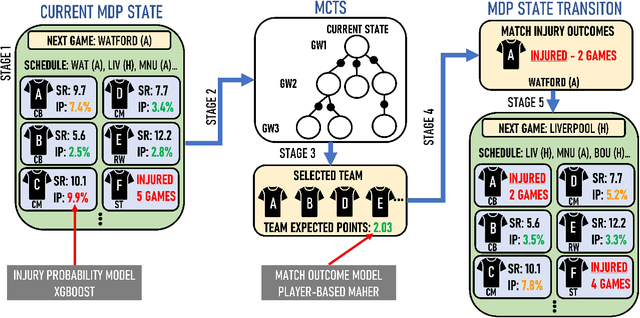
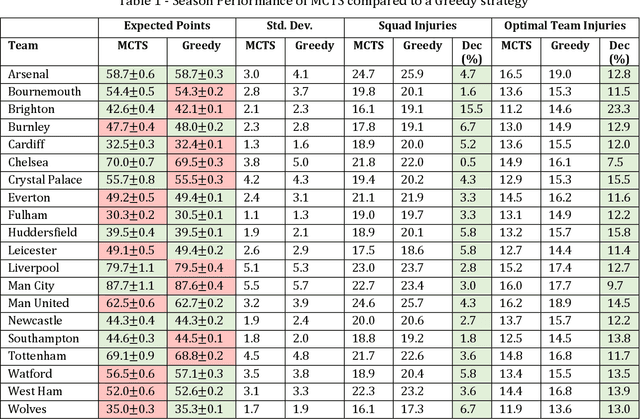
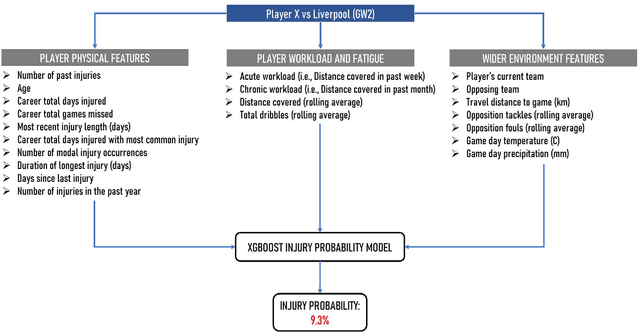
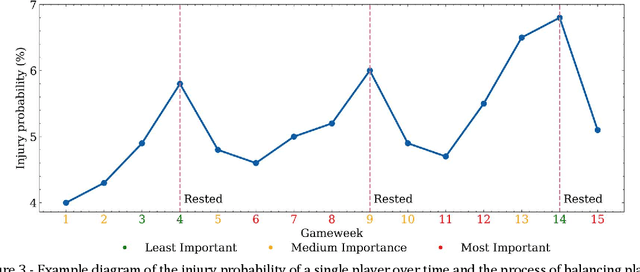
Abstract:In this paper, we present a novel sequential team selection model in soccer. Specifically, we model the stochastic process of player injury and unavailability using player-specific information learned from real-world soccer data. Monte-Carlo Tree Search is used to select teams for games that optimise long-term team performance across a soccer season by reasoning over player injury probability. We validate our approach compared to benchmark solutions for the 2018/19 English Premier League season. Our model achieves similar season expected points to the benchmark whilst reducing first-team injuries by ~13% and the money inefficiently spent on injured players by ~11% - demonstrating the potential to reduce costs and improve player welfare in real-world soccer teams.
Inferring Player Location in Sports Matches: Multi-Agent Spatial Imputation from Limited Observations
Feb 13, 2023

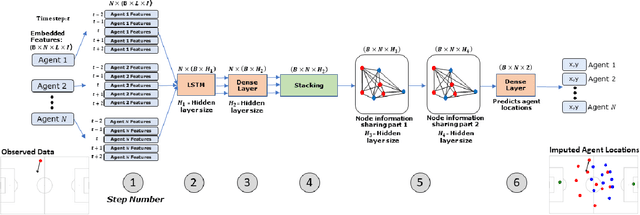
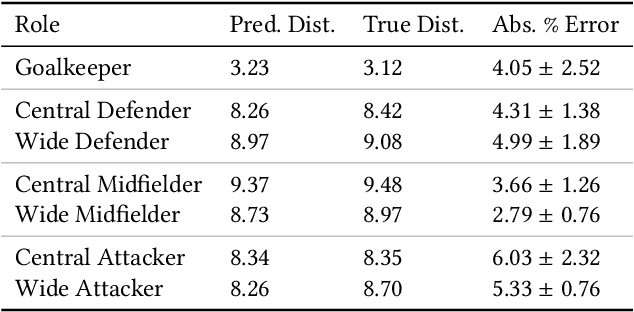
Abstract:Understanding agent behaviour in Multi-Agent Systems (MAS) is an important problem in domains such as autonomous driving, disaster response, and sports analytics. Existing MAS problems typically use uniform timesteps with observations for all agents. In this work, we analyse the problem of agent location imputation, specifically posed in environments with non-uniform timesteps and limited agent observability (~95% missing values). Our approach uses Long Short-Term Memory and Graph Neural Network components to learn temporal and inter-agent patterns to predict the location of all agents at every timestep. We apply this to the domain of football (soccer) by imputing the location of all players in a game from sparse event data (e.g., shots and passes). Our model estimates player locations to within ~6.9m; a ~62% reduction in error from the best performing baseline. This approach facilitates downstream analysis tasks such as player physical metrics, player coverage, and team pitch control. Existing solutions to these tasks often require optical tracking data, which is expensive to obtain and only available to elite clubs. By imputing player locations from easy to obtain event data, we increase the accessibility of downstream tasks.
Learning from the Pros: Extracting Professional Goalkeeper Technique from Broadcast Footage
Feb 22, 2022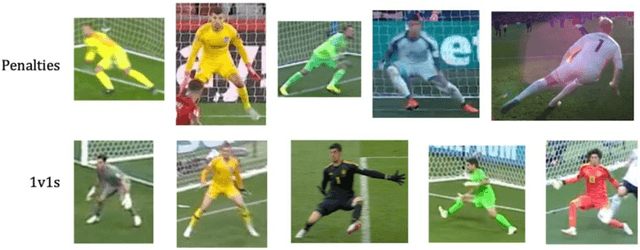



Abstract:As an amateur goalkeeper playing grassroots soccer, who better to learn from than top professional goalkeepers? In this paper, we harness computer vision and machine learning models to appraise the save technique of professionals in a way those at lower levels can learn from. We train an unsupervised machine learning model using 3D body pose data extracted from broadcast footage to learn professional goalkeeper technique. Then, an "expected saves" model is developed, from which we can identify the optimal goalkeeper technique in different match contexts.
What Happened Next? Using Deep Learning to Value Defensive Actions in Football Event-Data
Jun 03, 2021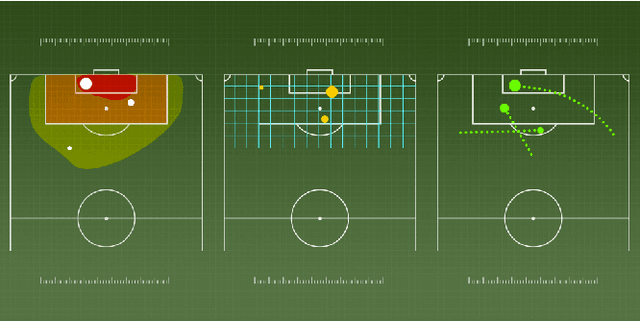
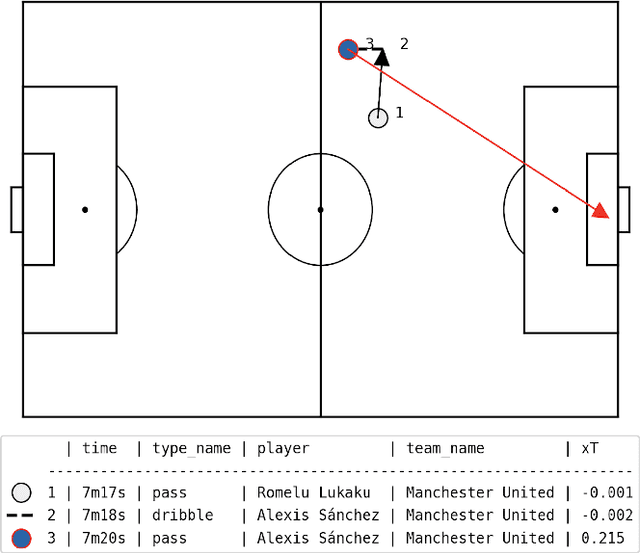
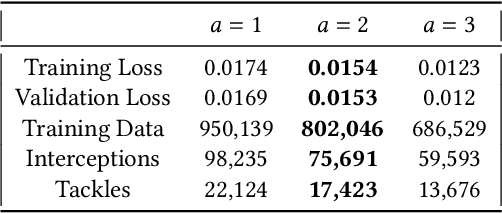
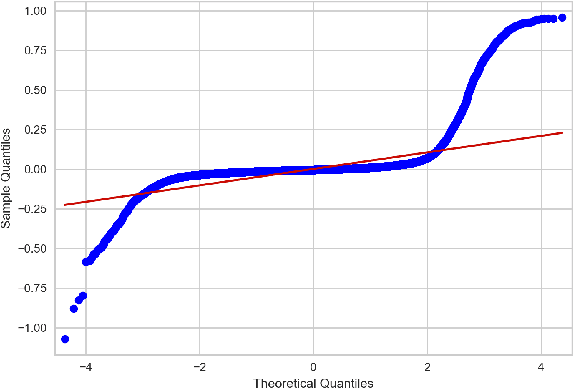
Abstract:Objectively quantifying the value of player actions in football (soccer) is a challenging problem. To date, studies in football analytics have mainly focused on the attacking side of the game, while there has been less work on event-driven metrics for valuing defensive actions (e.g., tackles and interceptions). Therefore in this paper, we use deep learning techniques to define a novel metric that values such defensive actions by studying the threat of passages of play that preceded them. By doing so, we are able to value defensive actions based on what they prevented from happening in the game. Our Defensive Action Expected Threat (DAxT) model has been validated using real-world event-data from the 2017/2018 and 2018/2019 English Premier League seasons, and we combine our model outputs with additional features to derive an overall rating of defensive ability for players. Overall, we find that our model is able to predict the impact of defensive actions allowing us to better value defenders using event-data.
 Add to Chrome
Add to Chrome Add to Firefox
Add to Firefox Add to Edge
Add to Edge